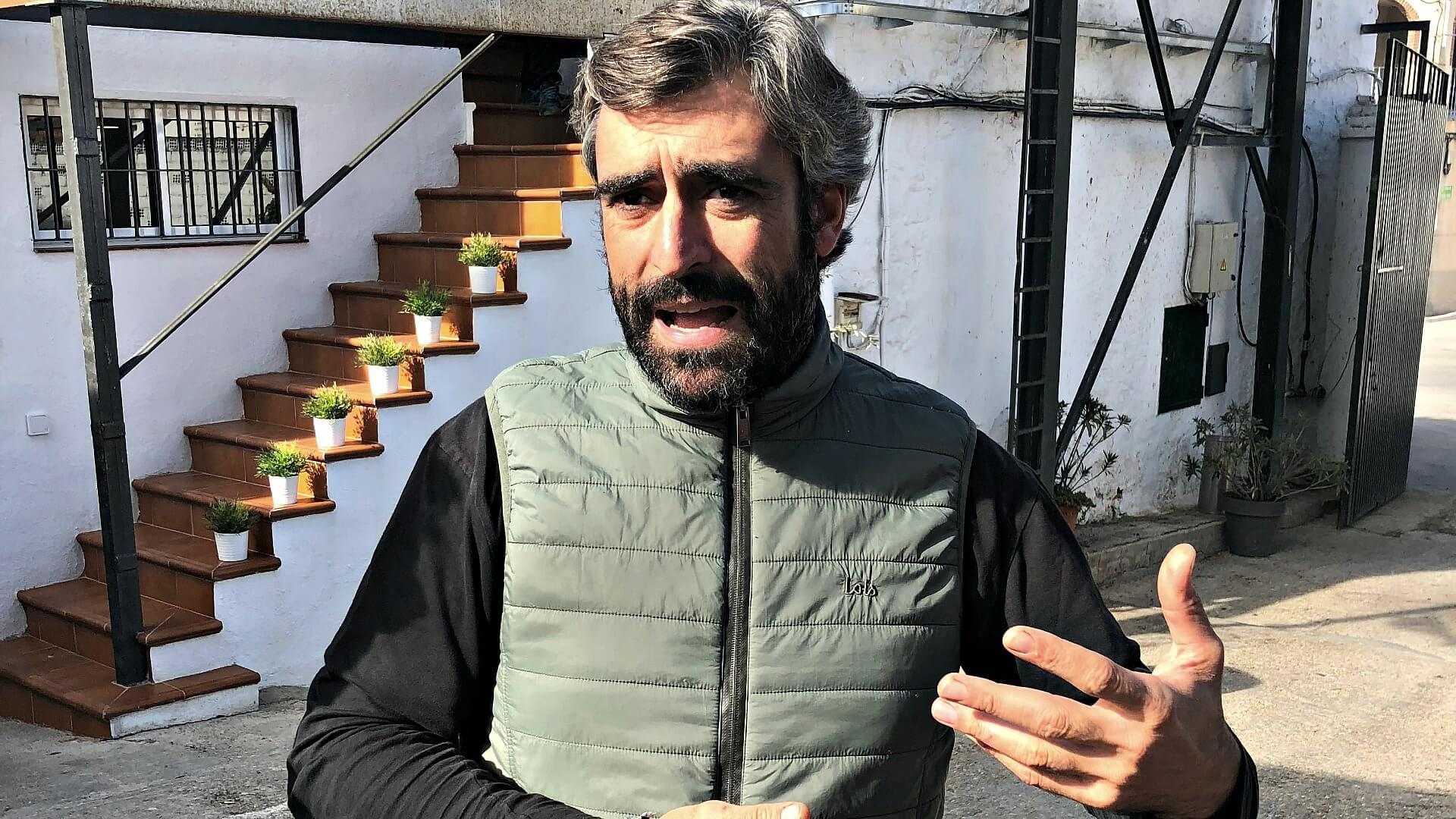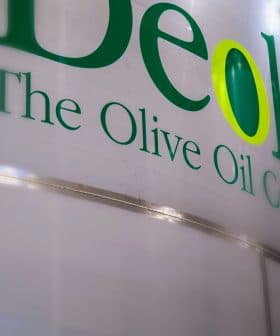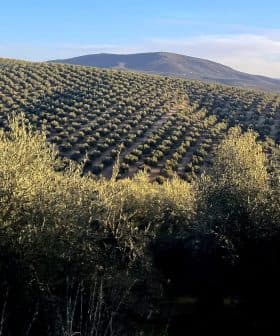Spain's Olive Oil Ambition: To Be the World's Best
The world’s top producer wants to be the best, not just the biggest. They’re on track.
 Photo: Hannah Howard for Olive Oil Times
Photo: Hannah Howard for Olive Oil Times  9.0K reads
9.0K readsSpain is a major player in the olive oil industry, producing almost half of the world’s olive oil and focusing on quality over quantity in recent years. Oleícola San Francisco in Jaén, Spain, has transformed its production methods to prioritize quality, with a focus on fresh, healthy olives and a clean, fast process to produce top-notch olive oil.
Spain is a giant in the olive oil world. The country produces almost half of the world’s olive oil, more than three times as much as Italy, Greece or Tunisia. Over 250 million olive trees grow in Spain.
Our father thought we were crazy. But this is the way forward.
Spanish olive oil is nothing new: production in the Iberian Peninsula dates back to the second millennium B.C. and archaeological evidence shows that Andalusia was the major olive oil supplier for the Roman Empire.
But over the last 25 years, and especially during the last decade, the world of Spanish olive oil is changing.
See Also:NYIOOC World Olive Oil Competition Winners by CountryIn the past, the country was known for sacrificing quality for quantity. Much of the oil, sold in bulk to Italy, was blended with oil from other Mediterranean countries and marketed as a “product of Italy.” Spain also made huge amounts of “lampante oil,” a grade of olive oil not suitable for human consumption until it is processed to make refined cooking oil.
No longer. Spain’s olive producers and bottlers have invested in excellence, from new harvesting practices to state-of-the-art machinery. Their goal is to challenge the assumption that Italian oil is the finest and firmly establish Spanish extra virgin olive oils among the best in the world.
Spain cultivates hundreds of different cultivars of olives, but the most common varieties are Picual, Hojiblanca, Arbequina and Cornicabra.
Nearly every region in the country makes olive oil, but the south of Spain is defined by olives. In Jaén, in northeastern Andalusia, olive trees stretch all the way to the horizon. The region produces more than 40 percent of the olive oil in Spain and about 20 percent of the global supply.
Jaén’s Oleícola San Francisco, a small oil mill in a tiny town called Begíjar, was built in 1927. José Jimenez bought Oleícola San Francisco in 1989 and today his son Manuel oversees the factory with his brother, José Jr. It wasn’t until ten years ago that Manuel and José Jr. sought to transform the factory into a place that focused on the quality of production rather than quantity. “Our father thought we were crazy,” Manuel told me during a visit to the mill in November. “But this is the way forward.”

Manuel Jimenez
The two brothers orchestrated a major renovation of the facilities. The former method of production consolidated olives which sat in barrels for a long time, damaging the fruit before pressing. Thermal mixers destroyed much of the pleasant aromas and flavors that an extra virgin olive oil needs. Olive oil languished in tanks, where it began to degrade.
Today, 400 farmers bring their olives to Oleícola San Francisco. (The family-owned business also cultivates their own 130 acres of olive groves in Jaén.) Producing olive oil is always a race against time. Oleícola San Francisco produced 70,000 kilos (154,000 pounds) of olive oil on a busy day. “That’s a large production for most of the world, but a small production for Jaén,” said Manuel.
The olives go from the trucks to the mill, where they are transformed into olive oil, then into the bottles within mere hours. Carefully controlled temperatures and three-phase centrifugal decanters are just a part of the state-of-the-art system that is created to produce the best oil possible.

“Quality is about the fruit, which must be fresh and healthy, and the process, which must be clean and fast,” explained Manuel. “It sounds simple, but it’s not easy.” A focus on quality takes a lot of work for only a small return in profit. According to Manuel, producers sell lampante for €2.50 per liter and extra-virgin olive oil for €3/liter. That half a euro conceals a huge difference in time, labor, and care.
“I think Spain will soon overtake Italy as the largest exporter of bottled olive oil in the world,” Eusebio García de la Cruz, owner and co-founder of García de la Cruz, told Olive Oil Times. “We are the largest producer with a huge difference and I believe that the perception of the quality of Spanish oils is also improving. But there is a long way to go in many aspects.”
Share this article









